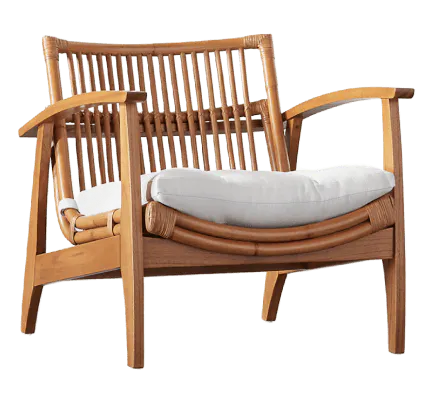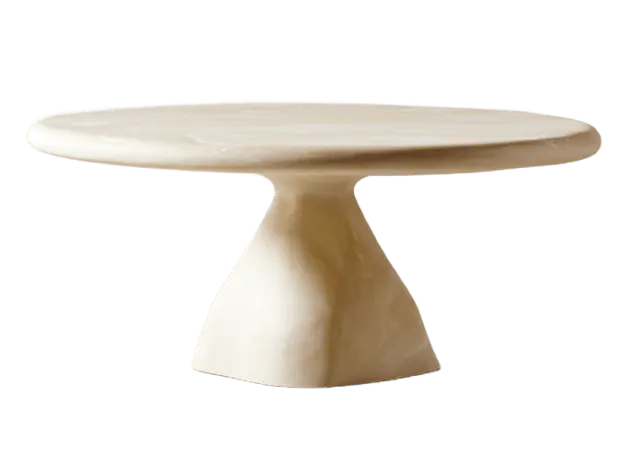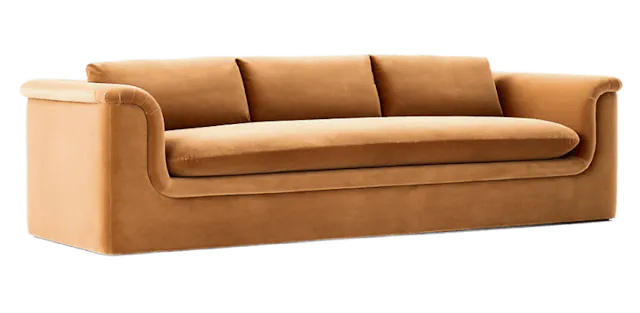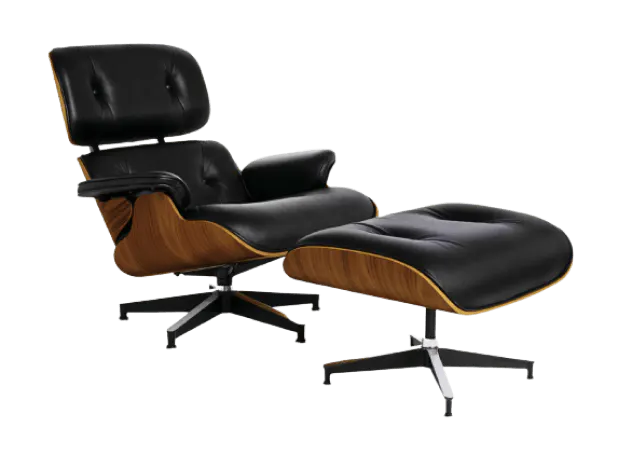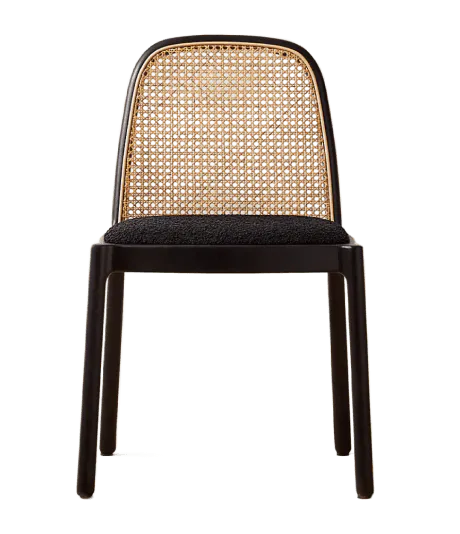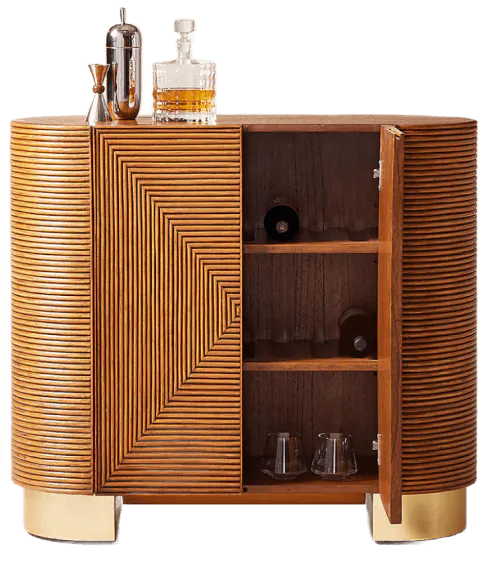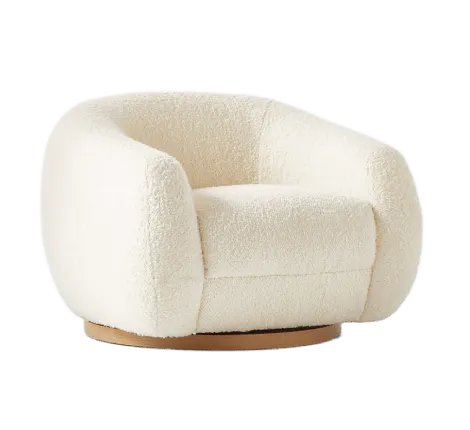Outdoor Bar Stools
Things to consider
Consider the material of the bar stool. Outdoor stools need to withstand weather changes. Materials like metal, plastic, or treated wood are good choices.
Check the height of the stool. It should match the height of your bar or counter for comfortable seating.
Think about the style and design. The stool should fit the overall look of your outdoor space, whether it's modern, rustic, or traditional.
Look at the weight capacity. Ensure the stool can hold the weight of anyone who might sit on it.
Examine the stability and safety features. A sturdy base and non-slip feet are important for safety.
Evaluate the comfort level. Consider padded seats or backrests for longer sitting periods.
Check if the stools are easy to clean and maintain. Outdoor furniture should be simple to wipe down or hose off.
Good to know
What is the best material for outdoor bar stools?
The best material for outdoor bar stools typically includes aluminum, teak, and synthetic rattan. Aluminum is lightweight and rust-resistant, making it ideal for various weather conditions. Teak is a durable hardwood that naturally withstands the elements and develops a beautiful patina over time. Synthetic rattan, often woven over a sturdy metal frame, offers the aesthetic appeal of natural wicker but with added durability and resistance to moisture and UV rays. Consider the climate and your style preferences when choosing the material.
What height should outdoor bar stools be?
Outdoor bar stools generally come in two standard heights: counter height, which is around 24 to 27 inches, and bar height, which is typically 28 to 32 inches. To ensure a comfortable seating experience, measure the height of your bar or counter before purchasing stools. Leave approximately 10 to 12 inches between the seat of the stool and the underside of your bar or counter for optimal legroom.
How do I choose a comfortable outdoor bar stool?
To choose a comfortable outdoor bar stool, consider features such as a well-contoured seat, adequate back support, and footrests that accommodate a natural sitting position. Cushioned seats can add comfort, but make sure the material is weather-resistant if left outdoors. Additionally, check the stool’s width and weight capacity to ensure it fits your needs. Testing the stool in person, if possible, can help you assess comfort levels effectively.
Are outdoor bar stools weather-resistant?
Many outdoor bar stools are designed to be weather-resistant, but it’s essential to check product specifications. Materials such as powder-coated metals, treated woods, and synthetic wicker are often used to withstand the elements. Look for UV-resistant finishes and water-repellent fabrics on cushions to ensure longevity in various weather conditions. However, for extended durability, consider storing them indoors or using protective covers during harsh weather.
How do I maintain my outdoor bar stools?
To maintain your outdoor bar stools, regularly clean them with mild soap and water, removing dirt and debris to prevent buildup. For metal stools, check for rust and touch up any nicks with rust-resistant paint. If you have wooden stools, consider applying a sealant annually to protect against moisture. Cushions should be stored indoors when not in use or during inclement weather to prolong their lifespan. Regular maintenance not only keeps them looking great but also extends their usability.
What is the best material for outdoor bar stools?
The best material for outdoor bar stools typically includes aluminum, teak, and synthetic rattan. Aluminum is lightweight and rust-resistant, making it ideal for various weather conditions. Teak is a durable hardwood that naturally withstands the elements and develops a beautiful patina over time. Synthetic rattan, often woven over a sturdy metal frame, offers the aesthetic appeal of natural wicker but with added durability and resistance to moisture and UV rays. Consider the climate and your style preferences when choosing the material.
What height should outdoor bar stools be?
Outdoor bar stools generally come in two standard heights: counter height, which is around 24 to 27 inches, and bar height, which is typically 28 to 32 inches. To ensure a comfortable seating experience, measure the height of your bar or counter before purchasing stools. Leave approximately 10 to 12 inches between the seat of the stool and the underside of your bar or counter for optimal legroom.
How do I choose a comfortable outdoor bar stool?
To choose a comfortable outdoor bar stool, consider features such as a well-contoured seat, adequate back support, and footrests that accommodate a natural sitting position. Cushioned seats can add comfort, but make sure the material is weather-resistant if left outdoors. Additionally, check the stool’s width and weight capacity to ensure it fits your needs. Testing the stool in person, if possible, can help you assess comfort levels effectively.
Are outdoor bar stools weather-resistant?
Many outdoor bar stools are designed to be weather-resistant, but it’s essential to check product specifications. Materials such as powder-coated metals, treated woods, and synthetic wicker are often used to withstand the elements. Look for UV-resistant finishes and water-repellent fabrics on cushions to ensure longevity in various weather conditions. However, for extended durability, consider storing them indoors or using protective covers during harsh weather.
How do I maintain my outdoor bar stools?
To maintain your outdoor bar stools, regularly clean them with mild soap and water, removing dirt and debris to prevent buildup. For metal stools, check for rust and touch up any nicks with rust-resistant paint. If you have wooden stools, consider applying a sealant annually to protect against moisture. Cushions should be stored indoors when not in use or during inclement weather to prolong their lifespan. Regular maintenance not only keeps them looking great but also extends their usability.
What is the best material for outdoor bar stools?
The best material for outdoor bar stools typically includes aluminum, teak, and synthetic rattan. Aluminum is lightweight and rust-resistant, making it ideal for various weather conditions. Teak is a durable hardwood that naturally withstands the elements and develops a beautiful patina over time. Synthetic rattan, often woven over a sturdy metal frame, offers the aesthetic appeal of natural wicker but with added durability and resistance to moisture and UV rays. Consider the climate and your style preferences when choosing the material.
What height should outdoor bar stools be?
Outdoor bar stools generally come in two standard heights: counter height, which is around 24 to 27 inches, and bar height, which is typically 28 to 32 inches. To ensure a comfortable seating experience, measure the height of your bar or counter before purchasing stools. Leave approximately 10 to 12 inches between the seat of the stool and the underside of your bar or counter for optimal legroom.
How do I choose a comfortable outdoor bar stool?
To choose a comfortable outdoor bar stool, consider features such as a well-contoured seat, adequate back support, and footrests that accommodate a natural sitting position. Cushioned seats can add comfort, but make sure the material is weather-resistant if left outdoors. Additionally, check the stool’s width and weight capacity to ensure it fits your needs. Testing the stool in person, if possible, can help you assess comfort levels effectively.
Are outdoor bar stools weather-resistant?
Many outdoor bar stools are designed to be weather-resistant, but it’s essential to check product specifications. Materials such as powder-coated metals, treated woods, and synthetic wicker are often used to withstand the elements. Look for UV-resistant finishes and water-repellent fabrics on cushions to ensure longevity in various weather conditions. However, for extended durability, consider storing them indoors or using protective covers during harsh weather.
How do I maintain my outdoor bar stools?
To maintain your outdoor bar stools, regularly clean them with mild soap and water, removing dirt and debris to prevent buildup. For metal stools, check for rust and touch up any nicks with rust-resistant paint. If you have wooden stools, consider applying a sealant annually to protect against moisture. Cushions should be stored indoors when not in use or during inclement weather to prolong their lifespan. Regular maintenance not only keeps them looking great but also extends their usability.
